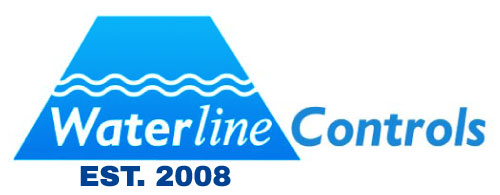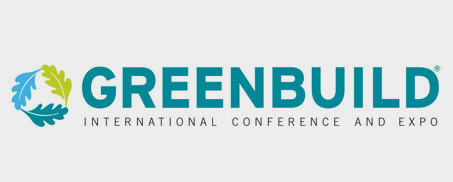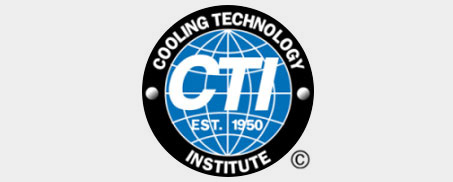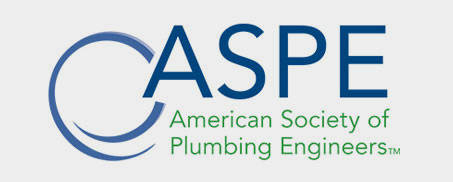Three different sensing types conductivity, ultra sonic/ ultra sound and capacitive sensing for water.
Introduction: Why Waterline Controls™ uses only Physical Probe Sensors in all of its electronic water level controllers.
Following is a discussion on the three main types of sensors used to measure the level (or volume) of liquids and solids in an enclosed space. Through years of testing and practical field experience, Waterline Controls™ has determined that Physical Probe Sensors are the best choice for measuring water levels in cooling towers, wells, storm water storage tanks, waste water treatment plants, boilers, sewage water systems and other industrial water level management applications. We’ve found that Physical Probe Sensors provide the best combination of accuracy, reliability, durability, hassle-free maintenance and price.
ULTRA SOUND SENSORS
Theory of operation:
The ultra sound sensors operate by transmitting a burst of high frequency sound waves and then measuring the amount of time it takes for the sound wave to reflect back to the receiver/transmitter. The frequency can be anywhere in the range of 20 KHz to above 100 MHz. The frequency is very application dependent. Ultra sound can be applied to operate in almost any medium; air, water or various solid materials.
Accuracy:
Measurement accuracy can be from a fraction of an inch to several feet. The accuracy is obviously a function of the design, the frequency used, the characteristics of the medium through which the sound is transmitted and the reflections within the enclosure. If there are changes in the density or characteristics of the material between the transmitter and the “target” then the velocity of the sound wave will not be constant. Also if reflections cause the signal to arrive at different times, the distance calculation will not be correct. Thereby making accurate time calculations impossible. It is also mandatory that the velocity characteristics of the medium are known in order to make the required time calculations. Even variations in the temperature of the medium between the transmitter and the target can upset the results.
Applications:
Perhaps the most common use (from the general public’s point of view) is in sonography where pictures of fetuses in the human womb are generated. In the industrial environment, the use of ultra sound is generally used in two areas: 1) Ultra sound to detect flaws in materials; much like sonography, and 2) Measuring the level of a material within a tank or enclosure. These materials may be either a solid such as grains or a liquid such as fuels.
Advantages:
The ultrasound is a non-contact method of measurement and is therefore isolated from the material being measured. Sensing using ultrasound can be further isolated by placing the transmitter in a totally sealed enclosure. Since contact is not a requirement, the material level measured can be of any type: solid, granular or a liquid of any viscosity. Hazardous materials are particularly suited to this method.
Disadvantages:
Ultrasound sensors can be subject to spurious readings due to reflections, changes in the transitivity of the medium between the sensor and the material being measured and standing waves that can occur at specific distances between the sensor and the level being measured. Depending on the specific application, ultrasound sensors can be more expensive and consume more power than other less expensive methods.
CAPACITIVE SENSORS
Three different sensing types conductivity, ultra sonic/ ultra sound and capacitive sensing for water.
Theory of operation:
The capacitive sensor generally consists of two probes that act as the plates of a capacitor, and as the medium to be measured fills the space between the two capacitive plates; the capacitance changes due to the change in the dielectric of the medium between the plates. This “capacitor” is a part of an oscillator circuit that governs the frequency of oscillation in the oscillator circuit in the probe and this frequency is dependent on the value of the capacitor. The medium to be measured acts as the dialectic between the plates in the capacitor thereby changing the value of the capacitance and therefore the frequency of oscillation. It is mandatory that the dialectic constant of the medium be different than the dialectic constant of the material between the plates which is almost never a concern; as the dielectric constant of all liquids is different than the dielectric constant of air which is the medium replaced when the liquid rises between the plates. Otherwise there would not be any change in the value of the capacitance. This frequency change is then measured and is then correlated to the level of the material.
Accuracy:
There are several areas that can introduce errors into the accuracy of the measurement. 1-The probe must be calibrated for the characteristics of the medium being measured This is usually not an issue since good capacitive probe sensors have incorporated into their design a method of calibration for the particular medium being measured. 2-The dialectic constant of the material must not change over time or temperature. Unless the medium is a very exotic material, the change in the dielectric constant over time and/or temperature is very slight. Otherwise changes in the measured frequency will occur and give an error in the level measured. 3-If high accuracy is needed (smaller than a few percent), then high precision in the frequency measurement is required. A well-designed sensor assembly can easily achieve accuracies to less than 5%. 4-The change in frequency is not a linear function so the level will increasingly become more sensitive to errors at one end of the measurement range. Again with proper design these areas of potential error can be minimized so that a accurate assembly can be produced.
Applications:
This sensing method is used primarily to measure and demonstrate continuous graduations in liquid heights. For example, a range that indicates a change in level with 5% accuracy can easily be achieved. By using the industry standard of a 4 to 20mA output signal, interference from the surrounding industrial environment can be eliminated. This also provides an interface output that can be customized to the individual’s specific needs. This sensor type has particular use in the measurement of liquids that are corrosive; either acidic or caustic; or even flammable in nature. The probes (capacitive plates) can be manufactured from materials, or have protective coating applied that will resist any environment in which they are placed. With the proper selection of probe materials, environments that are not only corrosive in nature but also at extreme temperatures can be manufactured. Capacitive sensors are useful in confined areas as well.
Some areas that may find applications for capacitive probes are:
1-Monitoring of the levels in tanks that contain acidic or caustic liquids.
2-Maintaining required levels by interfacing the output of the probe to controlling pumps and/or valves.
3-Providing measurements of levels for inventory requirements.
4-Making measurements in environments that would preclude the use of other measurement methods.
Advantages:
The capacitive sensor is very useful for harsh liquid environments. It can also be mounted within a small volume and thereby be used in areas that are restrictive in space availability. Generally the probes will be sealed against the environment to which they will be exposed, thus making them useful in mediums that would otherwise corrode or render other sensor types useless. The design of the capacitive probe sensor can be such that the output can be of any form that meets the requirements of the end user. They can be designed in a modular form so that when maintenance is required, it is easily accomplished at relatively low cost.
Disadvantages:
The capacitive sensor relies on the change of frequency to determine the liquid level. Since the dialectic constant is different for most liquids, a means of calibrating the sensor must be supplied and the sensor must be calibrated for each different liquid being measured. This generally is a one-time occurrence which is accomplished during the installation process. If high accuracy is required, then the stability of the design and the details of the calibration process must be carefully followed.
PHYSICAL PROBE SENSORS
Theory of operation:
In the Physical Probe sensor there are several conductive probes that are set at various lengths. When these probes come in contact with the medium being measured a contact signal is generated and the level of the liquid is then known. This probe type is used when various levels are to be determined. As few as two probes can be used; to indicate whether a level is above or below a specified level or a much larger number of probes may be used to determine multiple levels. The design can incorporate features that allow for the insensitivity to “wave” action, provide delays or other functions specific to the application.
Applications:
This sensor is typically used in applications where the water level is to be controlled between two levels; a high point and a low point. Other levels can be set in the design to indicate various warning or alarm conditions.
Advantages:
A basic design can be generated and the liquid levels desired can be easily set by the length of the probes. These can be field cut to the length desired for the specific application. Liquid levels can be sensed to within ? of an inch. Probe lengths from an inch to 12 feet or more can be designed without any change to the actual controller design. Some controllers are designed so that there is no possibility of galvanic action on the probes or other corrosive elements having any effect.
Disadvantages:
The liquid being measured must be conductive in nature. However a liquid with a reasonably high level of conductivity (in the range of 10,000 to 20,000 Ohms) will work well. The conductivity of water is greatly variable but usually has enough ions to provide a conductivity level of 20 to 200 ohms per meter. Only specific set points are allowed with the physical probe sensor and these are determined by a probe for each set point.
| Ultrasonic Sensors | Capacitive Sensors | Physical Probe Sensors | |
|---|---|---|---|
| Accuracy | ** | *** | *** |
| Ease of Calibration | * | * | *** |
| Reliability | * | *** | *** |
| Durability | ** | *** | *** |
| Low Maintenance | ** | ** | *** |
| TOTAL | 8* | 12* | 15* |
PROUDLY MADE IN THE U.S.A. 
All of our liquid level controls and liquid level sensors are assembled right here in the U.S.A.
where we monitor every step of the process.
NOT SURE WHAT YOU NEED? JUST CALL BECAUSE WE’RE HERE TO HELP! 480-905-1892
We offer products comparable to the products offered by the above companies. See our website pages for further information on the products. The tradenames and trademarks in this page are owned by their respective companies or are the same name as the company. They are mentioned for comparison purposes only. They are in no way affiliated with System Dynamics, Inc or WaterLine Controls.




